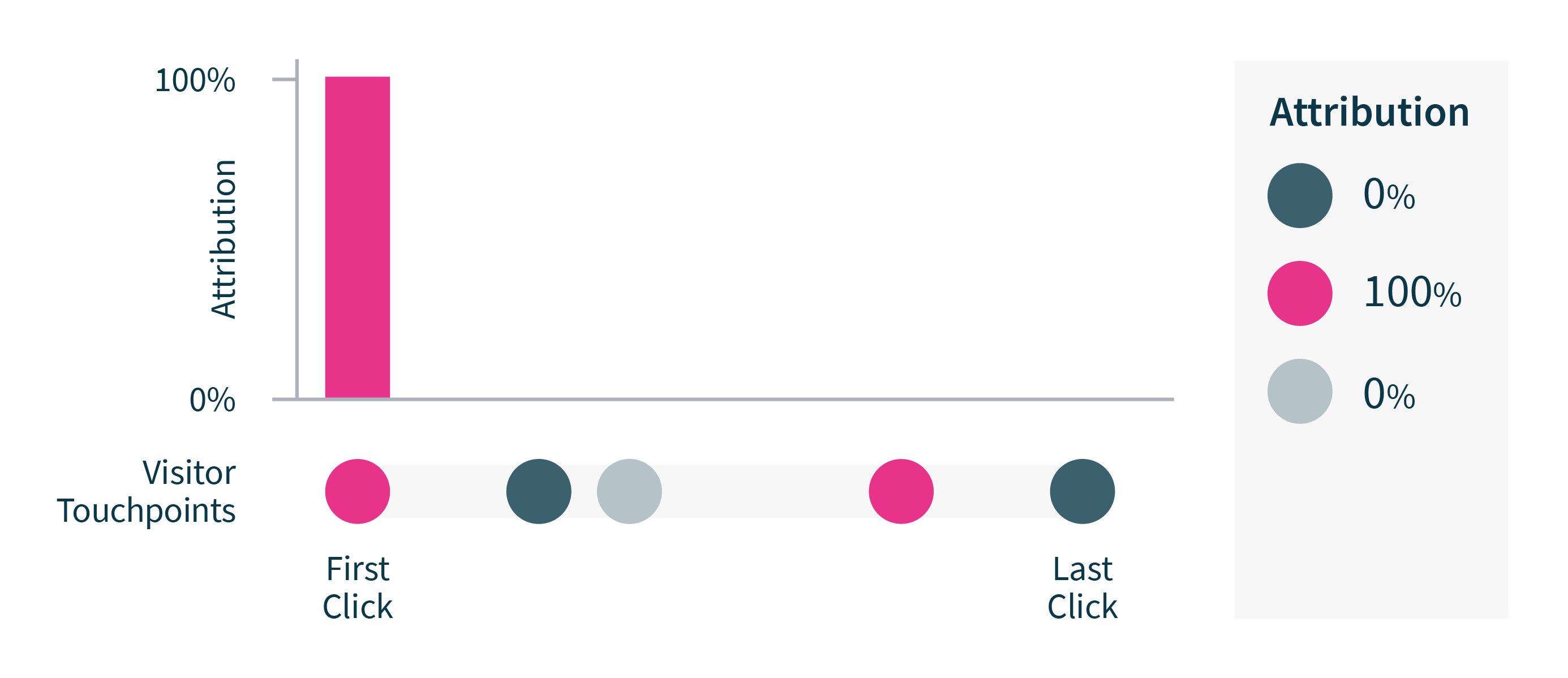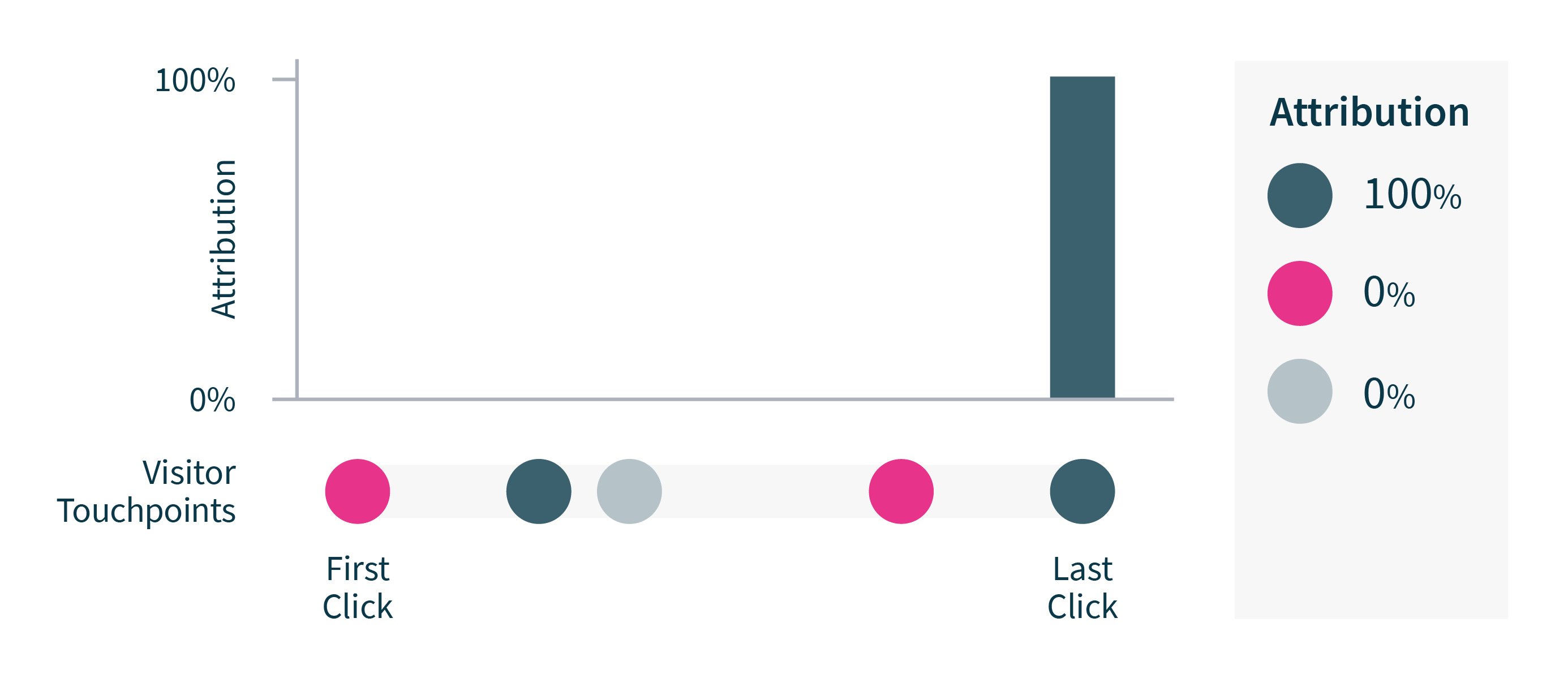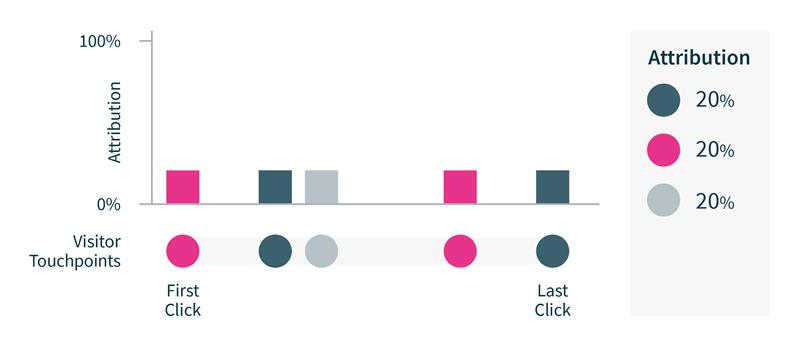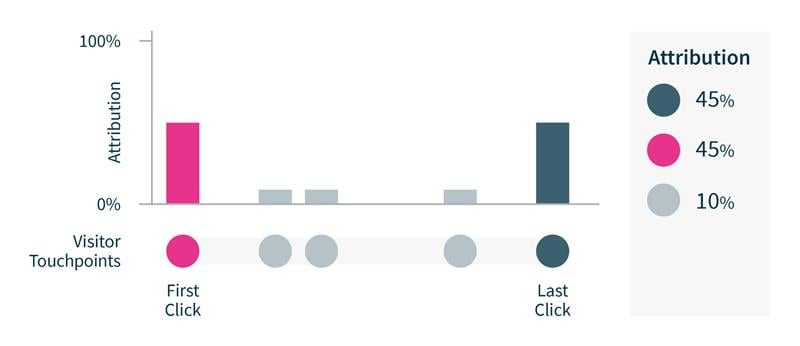Marketing and metrics go hand-in-hand. If you want to measure the impact of your campaigns, you need to understand how to accurately track campaign performance. This can be tough, as it involves developing an in-depth understanding of the path your customers take to make that all-important purchase.
But the path to conversion isn’t always straightforward, it can be a twisty tale of multiple touchpoints. If you don’t have the full story, how can you make informed decisions about future campaigns? Marketing attribution models are designed to shine a light on the unknown mysteries of the modern customer journey, enabling you to identify and assign value to each touchpoint.
In this blog, we’ll outline the attribution models available, explore the pros and cons of each, and help you identify which model is best for you. Plus, we’ll explain why Call Tracking is a must for more accurate attribution.
What is marketing attribution modelling?
Customers are rarely converted through just one marketing interaction, the purchase journey takes place across multiple channels. If you can identify the most effective touchpoints, you’re presented with a golden opportunity to convert customers faster by optimising your marketing efforts.
Marketing attribution modelling is a set of rules that enables you to understand which touchpoints in your customer journey have the greatest influence on conversion, by assigning value to each. Attribution models are a complex business, which varying levels of sophistication and nuance which can flex to suit the complexity of your conversion path.
The four simplest models for businesses getting started with attribution are:
First click or lead creation – This model attributes 100% of the conversion to the first point the customer interacts with, otherwise known as the point of entry.
Last click or opportunity creation – This model attributes 100% of the conversion to the last point the customer interacted with before they converted into a sale.
Linear or equal-weighted – This model attributes the conversion equally to each of the touchpoints the customer interacted with during the acquisition process.
Positional or first and last click weighted– This model attributes the conversion across each of the touchpoints, but upweights toward the first and the last.
Why are marketing attribution models important?
Marketing attribution done right can have a significant impact on reducing your costs, by giving credit where credit is due to the most influential tactics in your marketing strategy. Here are just a few of the reasons why attribution modelling is important:
It can help identify high-performing marketing activities and understand which ones are successfully driving leads, giving you everything you need to make informed decisions that will help your business grow.
It can reduce costs and boost your return on investment by enabling you to be more targeted with your marketing spend and activities.
It streamlines the process of gathering data across marketing channels and improves your ability to analyse it, allowing you to unearth insights faster.
Scott Dunn, a luxury tour operator specialising in tailormade holidays, wanted to get a clearer picture of how their digital marketing was performing and understand where they quality leads were originating. Working with Infinity, they were able to harness reliable data about their marketing performance that they didn’t previously have access to.
Understanding campaign performance helped them to optimise marketing spend, leading to a 48% increase in global conversion rate and an 80% increase of tracked call volumes year-on-year. They were able to reduce cost-per-acquisition costs by an incredible 35% as a direct result of optimising their existing activity, based on insights they were receiving.
How can I pick the right marketing attribution model?
The number of potential touchpoints has increased exponentially in recent years, thanks to modern marketing. From PPC campaigns to paid social, understanding the moments that convert customers can pay dividends for your business. But which model is right for you?
First click / lead creation

Attributes 100% of the conversion to the first point the customer interacts with, otherwise known as the point of entry. The upside is it’s easy to set up and interpret, primarily focused on the idea of awareness which can be useful when tracking activity like PR. The downside is it ignores the complexity of the customer journey, assigning 100% of the return on investment to just one moment.
Last click / opportunity weighted

Attributes 100% of the conversion to the last point the customer interacted with before they converted into a sale. The upside of this model is it’s also easy to set up and can provide quick, actionable insights. The downside is it can be misleading, as it fails to account for awareness driving or previous customer activity that may have influenced the final purchase decision.
Linear

Attributes the conversion equally to each of the touchpoints during the acquisition process. The upside is it tends to be more sophisticated than first and last click models, with adding too much complexity when implementing. The downside is results are often questionable – if a customer visits the same channel twice it will get double the credit – and it fails to identify those superstar moments that convert a lead into a customer.
Positional

Attributes the conversion across each of the touchpoints, but upweights toward the first and the last. This is one of the more sophisticated models, in that it recognises the complexity of customer journeys and the resource that goes into acquiring and converting customers. The upside is it’s particularly useful for multi-channel marketing campaigns. The downside is it doesn’t factor in timescales.
All in all, marketing attribution is useless if you’re only measuring half your touchpoints. The right marketing attribution model is the one that fits your conversion path and addresses each touchpoint to avoid potential gaps in the data.
Why Call Tracking is essential for achieving accurate attribution
You’ve invested time and energy into picking the right channels and keywords for your campaigns. But when the customer picks up the phone and takes the conversation offline, you lose sight of which specific touchpoint drove that action. That’s where Call Tracking comes in.
Call Tracking can help cover your potential blind spots by connecting the customer journey to the call. Call Tracking enables you to collect in-depth data on the journey that leads to each phone call to help you see the full picture for more accurate attribution.
Even better, we understand that seeing the full picture involves being able to see all your data in one place. That’s why Infinity’s suite of tools are designed to integrate seamlessly with a range of technology partners, letting you analyse data from a range of sources how you want it, when you want it, in the format that suits you best.
Key takeaways
So, what have we learned about marketing attribution models? Here’s how attribution modelling and Call Tracking can help you optimise your campaigns and convert more customers.
Implementing a marketing attribution model can help you identify your most valuable touchpoints and optimise campaigns accordingly.
Every business is different, selecting the right attribution model depends on the complexity of your customer journey and the touchpoints you need to include.
Call Tracking can connect online interactions with offline conversion, collecting precise customer data and filling gaps in the customer journey.
Every conversation matters. Start one with us to discover how Call Tracking can help you optimise your most valuable customer conversations.